Giant tortoise: Meet Fernanda the rare tortoise thought to be extinct
- Published
- comments
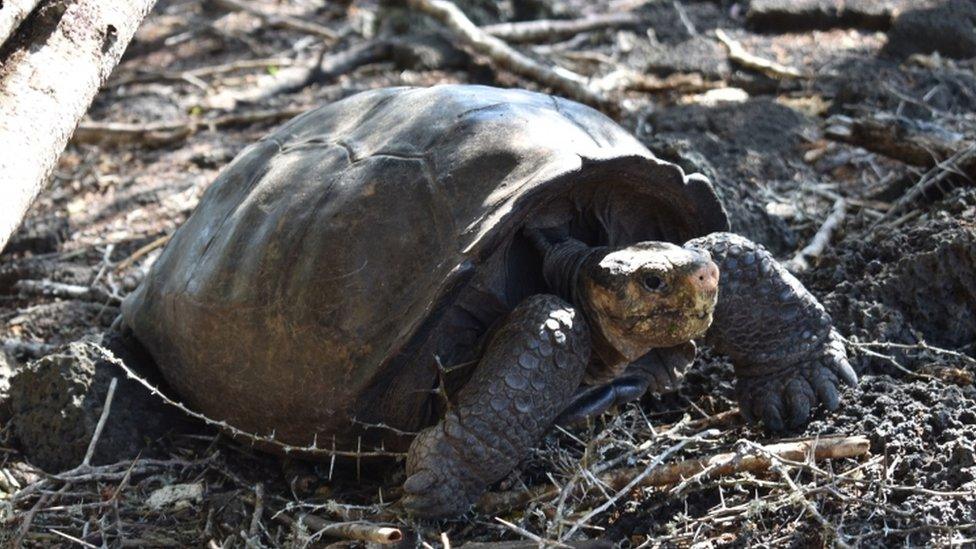
A species of giant tortoise was thought to be extinct, but scientists discovered Fernanda recently
A rare species of giant tortoise that was thought to be extinct is in fact still alive.
Scientists thought the species, known as chelonoidis phantasticus, died out more than 100 hundred years ago.
But genetic tests found that a female tortoise discovered in 2019 on one of the Galapagos Islands, in the Pacific Ocean was related to the only other known species found in 1906.
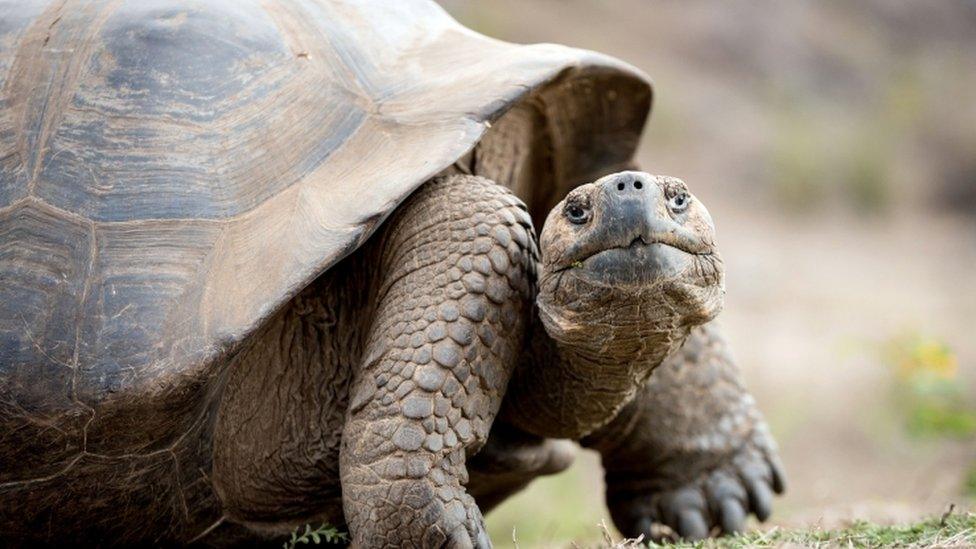
Galapagos giant tortoises can live to over 150 years old!
Scientists tested the genetics of the tortoise from 1906, with the more recently discovered 2019 tortoise and compared them with all living species of Galapagos giant tortoises.
They found they were linked and different from all the others tested, proving that the species was not extinct.
The newly found tortoise has been named Fernanda, after the Fernandina Island where it was found. The team of scientists are very excited that the species lives on.
Only two tortoises have ever been found on Fernandina Island, and here we have shown that they are indeed members of the same species, and different from the other Galapagos tortoises.
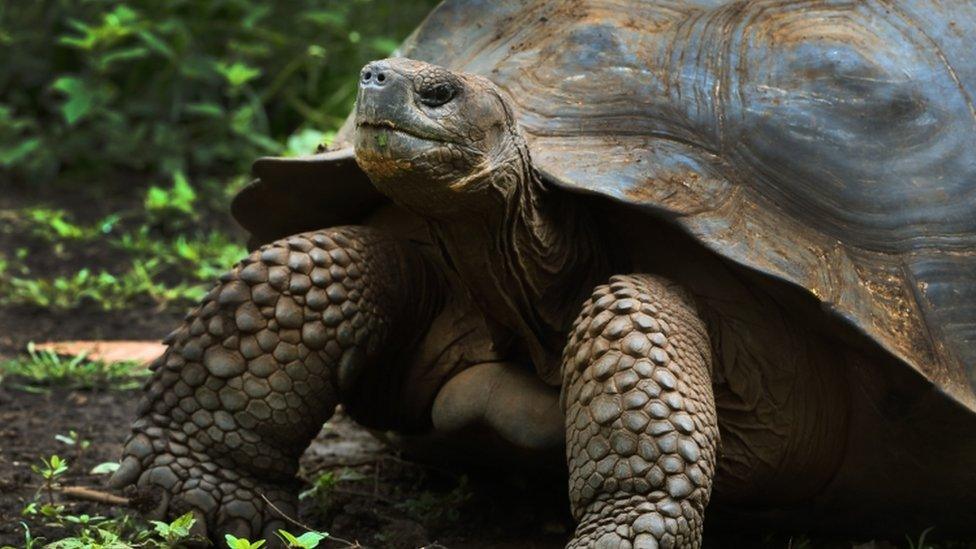
Galapagos giant tortoises are about 100 times bigger than their closest living relative - the Chaco tortoise from South America
Fernanda was found in an isolated vegetation patch, which was cut off from areas because of the lava that flowed nearby.
The giant tortoise is thought to be about 50 years old and suffered from stunted growth - meaning she was a bit smaller.
She will now be looked after in the Galapagos National Park Tortoise Centre.
There is hope for the species too, as research has found signs that there might be two or more tortoises living on the island.
Dr Evelyn Jensen, from Newcastle University's School of Natural and Environmental Sciences, said: "What comes next for the species depends on whether any other living individuals can be found.
"If there are more Fernandina tortoises, then a breeding programme could start to bolster the population." she said.
We hope that Fernanda is not the 'endling' of her species.
Fernandina Island is the most western island in the Galapagos island and is one of the most volcanically active.
Researchers plan to study Fernandina's Island for tortoises and see how this species fit into the history of Galapagos giant tortoises.
- Published5 April 2022
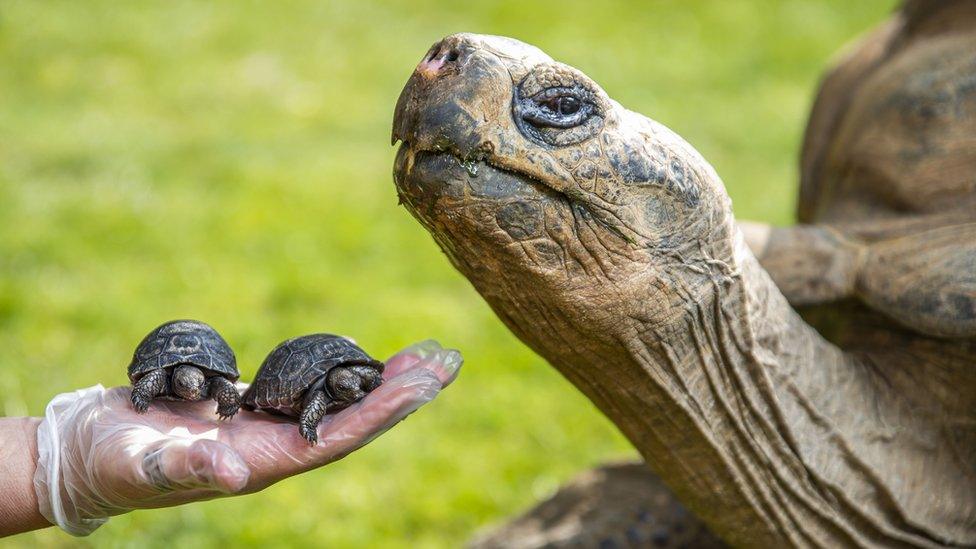
- Published28 May 2021
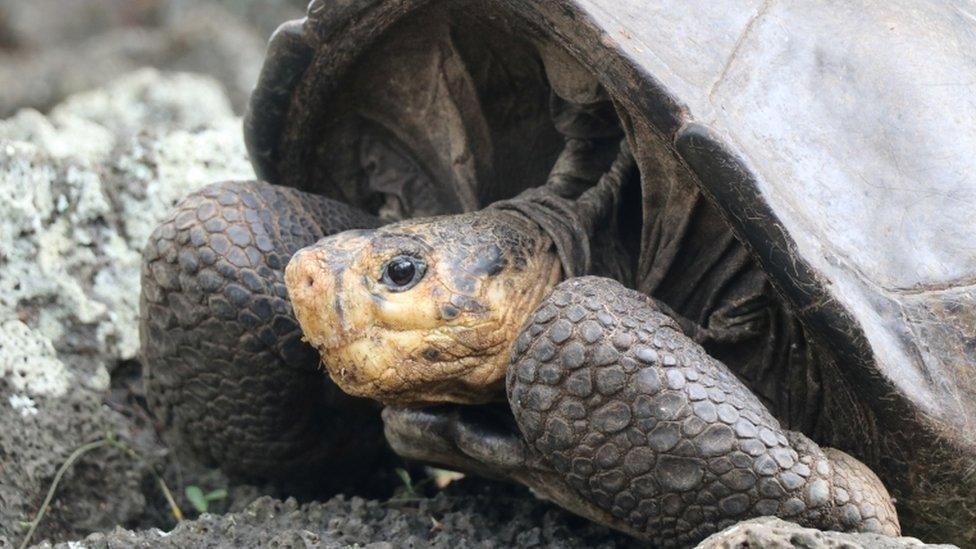
- Published15 March 2022

